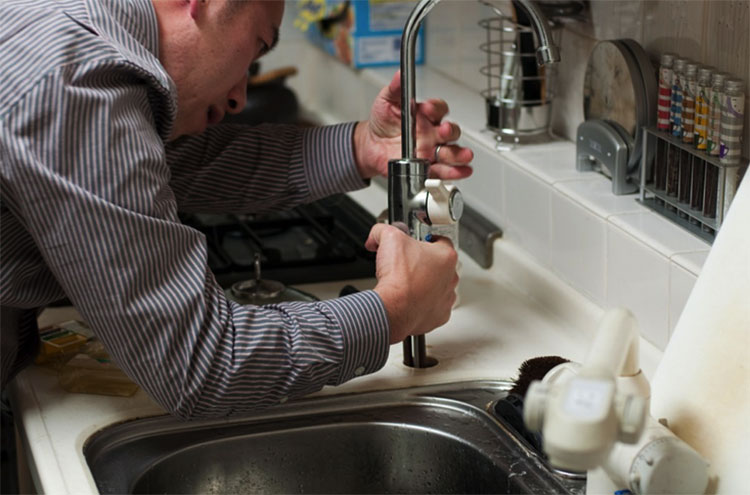Plumbing bills are one of those things that everyone dreads – a bit like a root canal. It is tempting then, to pick up a book entitled “Plumbing 101” from the library and try your hand at some DIY repairs. Plumbing work is usually comprised of either repair, replacement, or upgrades. Each project will have a differing level of difficulty, based on the knowledge, tools, and experience required.
Your home’s plumbing system is like your body’s circulatory system, complete with arteries (pipes), organs (hot water tank) and valves (well… valves). Before you start tampering with your home’s lifeblood – without a medical degree if we stick with the analogy – it is essential that you balance the pros and cons first. If you are looking for plumbing solutions in Sacremento, consider visiting plumbing services from 5 Star Plumbing.
Pros
Cost is the primary reason people choose to make simple plumbing repairs by themselves. Such projects may include unblocking drains, basin taps and toilets, simple pipe repairs, or fixing leaks. These types of topics usually have plenty of information online or in DIY handbooks. Not only a money-saving venture, DIY projects can be both fun and rewarding, and you get to learn as you go.
Having gained some knowledge and experience, the ability and confidence to make emergency repairs is an invaluable skill, even if it is just a patch job until the plumber arrives. Knowing where the shut-off valve is for your water supply, in advance, is very handy in case of these emergencies, regardless of whether you follow through with your DIY plumbing project or not.
Cons
Plumbing requires knowledge, time, and tools, which you may not have and may be difficult to obtain. You must also consider the costs associated with DIY plumbing, such as the plumbing supplies you will need to purchase.
You need a firm understanding of building codes. Depending on your location, plumbing work may be exempt from requiring a building consent if it is carried out by an authorised person, such as a certified plumber or drain layer.
Complications and accidents can cost you more in the long run. You may also harm the resale value of your home, especially if things do start to go wrong, or if your hard work does not comply with safety standards and building requirements. DIY plumbing is associated with various safety hazards that could put you and your family at risk. For example, the wrong materials, pressure and temperature ratings, and ill-fitting fixtures may cause floods or fires.
Finally, if things do go wrong, you will likely suffer the wrath of a wife, teenager, or flatmate who does not appreciate cold showers when the hot water inexplicably stops functioning, or toilet water floods the bathroom. You have been warned!
Understanding your home’s plumbing system and knowing how to make simple repairs can save you money. However, for major or complex projects the cons far outweigh any benefits.
To help gauge the potential difficulty level of a project, consider what type of plumbing you have currently installed. Is it old or new? What material is it made from? Has it been properly installed in the first place? Asking yourself these questions may determine whether you are able to tackle the project as a DIY-er, or whether you should call in a professional.
Author Bio
Sofia Lockett is a freelance writer from Auckland, New Zealand. She is passionate about travel, interior design and home trends. You can find more of her work on her Tumblr.

